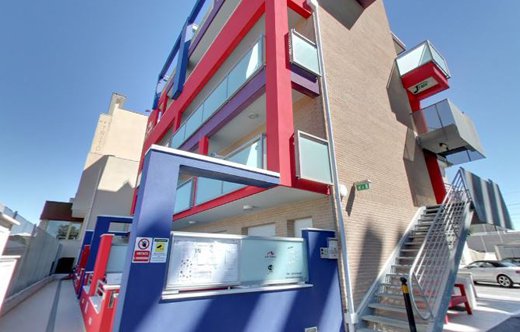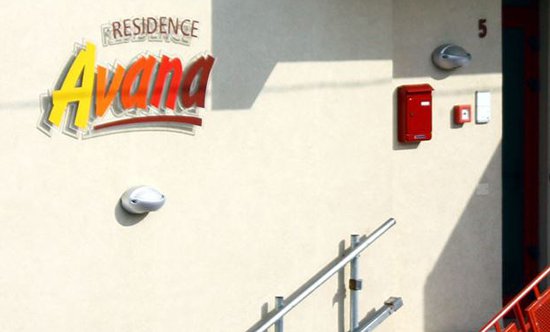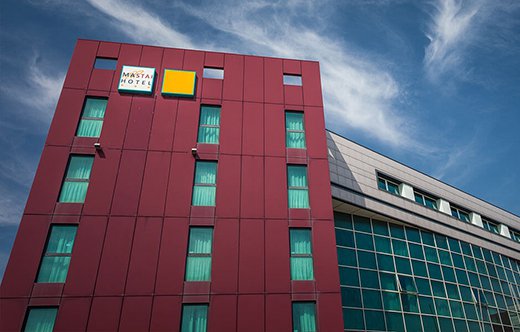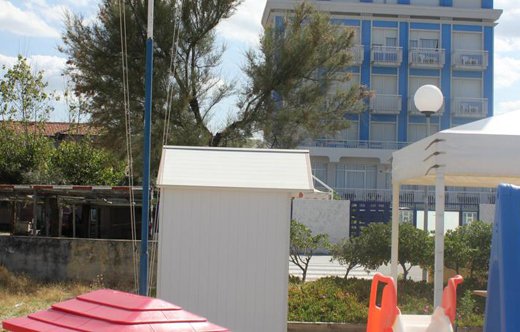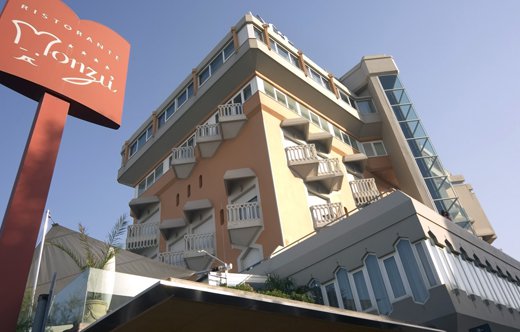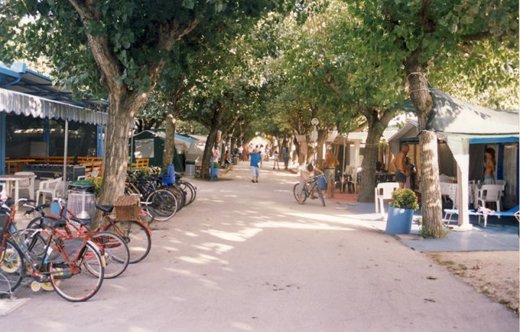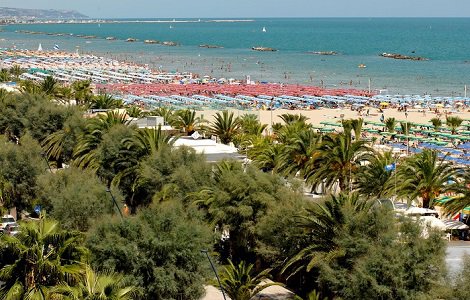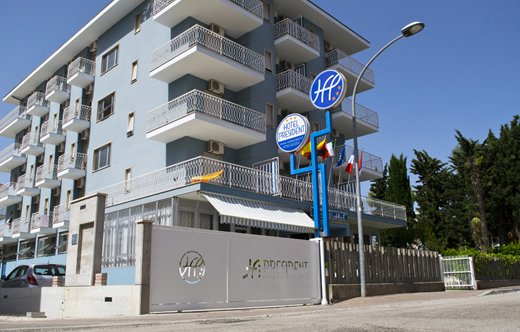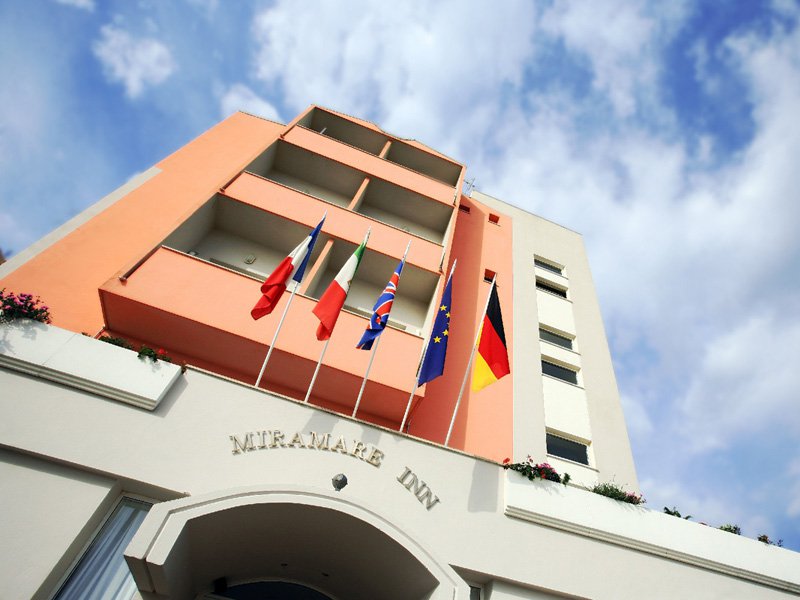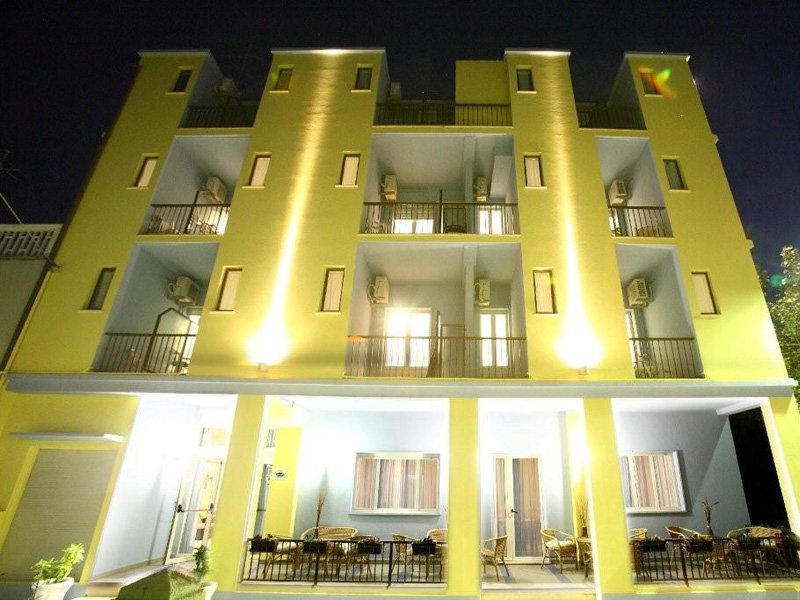Find out Senigallia
Info
Senigallia is a splendid seaside resort in the province of Ancona, famous mainly for its beach of clear and fine sand which has earned it the nickname of "Velvet Beach". Since 1997 it has received the Blue Flag every year, a title that the FEE (Foundation for Environmental Education), for the quality of the bathing water, the services offered to tourists, the attention to environmental management and the safety of the beach. Its seafront of over 14 km offers avant-garde and easily accessible bathing establishments, clubs with live music and excellent restaurants. In addition to a very modern seaside resort, Senigallia is also a very ancient historical centre, in fact the city was born in 383 BC. C. by the Gallic tribe of the Senones, from which it took its name.
To be seen
The most representative monument of Senigallia is certainly the Rocca Roveresca, a fortification with an ancient history, in fact it dates back to 290 BC. C. and was built by the Romans to better control the surrounding area; it was acquired by the Malatesta family in 1379, however it was the Da Rovere family who enlarged it and made it as we see it today. The Rocca consists of four circular towers connected to each other by a ring of walls, within which stands a central body and today houses museums and exhibitions. Equally noteworthy are the Palazzo del Duca, built around 1500, and the Palazzo Mastai, which houses the Pio IX museum.
Moreover, the city hosts several museums, the most important ones are the Diocesan Art Gallery of Sacred Art, with works dating back to between 1500 and 1800, theMuseum of the history of sharecropping and the Museum of modern art, information and photography.
The Foro Annonario is also famous, often hosting events and shows: it has a circular plan surrounded by 24 Doric columns that support the portico and houses the historic market of the city.
Finally, the symbol of tourism is the Rotonda a Mare: a circular structure that rises in the middle of the sea, with a structure similar to a stilt house . This is home to conferences, shows and exhibitions.
History
Senigallia has very ancient origins, it was founded in 383 BC. C. from Brenno, leader of the Senoni Gauls. It became the first Roman colony on the Adriatic after the battle of Sentino (about 295 BC) and from there it experienced moments of wealth and incredible decline. Its rebirth took place around 400 thanks to Sigismondo Pandolfo Malatesta, who fortified and repopulated it. After his defeat by Federico da Montefeltro, the city was given as vicariate to Antonio Piccolomini by Pope Pius II and, following ups and downs, granted by Sixtus IV to his nephew, Giovanni Della Rovere, destined to marry Giovanna, daughter of Federico da Montefeltro to whom the pontiff conferred, in that same year, the title of duke Giovanni, the following year, is also appointed Prefect of Rome and receives the Duchy of Sora as an inheritance from his cousin Leonardo. During the years of Della Rovere rule, the city underwent enormous changes from an urban point of view: he built a fortress, demolished the walls and reclaimed the Misa river, thanks to the architects of the Duke of Montefeltro.
The expansion of the city continued in the 16th and 17th centuries, with other monuments including: the Town Hall, the Palazzo del Duca, the Church of the Cross, where Federico Barocci's Deposition is kept, and the Church of San Martino, where the the Visit to Sant'Anna by Guercino.
In the papal age it was transformed from a city-state into a market city, even in the architectural structures such as the arcades on the side of the river.
In the 19th century it was the pope's homeland Pius IX allows the city of Senigallia to still live as a protagonist in history.
During the first years of the 1900s the city established itself as a tourist and seaside destination, to celebrate this characteristic of the city the Rotonda a Mare was inaugurated in 1933 .

